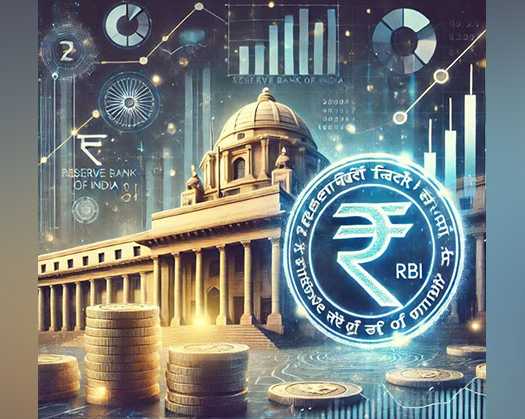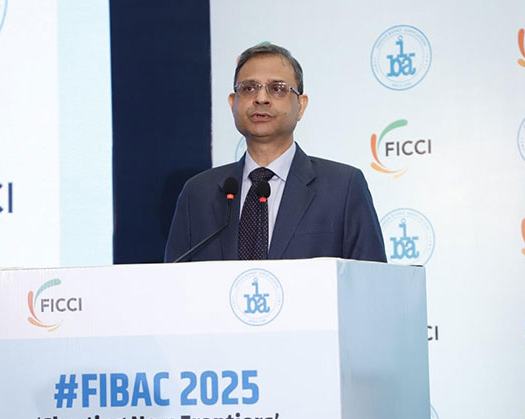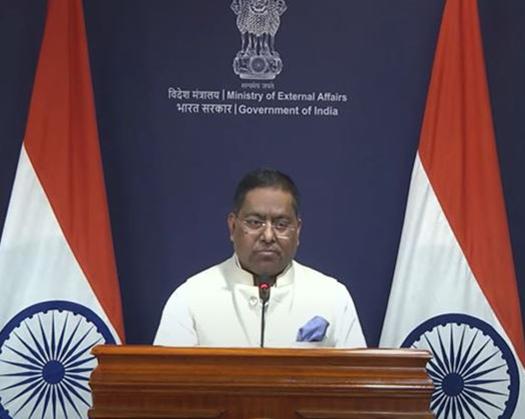New Delhi: Indian banks are experiencing increased pressure on their net interest margins (NIMs) as interest rates are anticipated to decrease following the Reserve Bank of India's (RBI) decision to lower its benchmark rate for the first time in almost five years.
S&P Capital IQ reports that the NIMs of the six largest private and state-owned banks have been under strain as deposit rates have aligned more closely with lending rates in recent quarters. Nevertheless, robust credit demand has enabled these banks to sustain growth.
During the October-December quarter of FY24, five out of the six major banks reported loan growth exceeding 12 percent, which contributed to an increase in their net income year over year, according to data from S&P Global Market Intelligence.
On January 27, the RBI implemented liquidity measures to bolster the banking sector and subsequently announced a 25-basis-point reduction in its benchmark repo rate to 6.25 percent on February 7.
Analysts at Nomura predict additional rate cuts in 2025, with the next anticipated in April. They foresee a terminal rate of 5.50 percent by the end of that year.
As deposit rates remain elevated due to tight liquidity conditions, borrowers are likely to advocate for lower lending rates, thereby exerting pressure on banks' margins.
The State Bank of India (SBI), the largest lender in the country, reported a decline in its NIM by 17 basis points year over year to 2.86 percent in Q3 FY24.
Despite this, SBI's credit growth was robust at 14 percent year over year, largely driven by retail, agriculture, and MSME loans, along with improvements in corporate lending, as noted by Emkay Global Financial Services.













